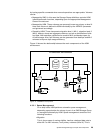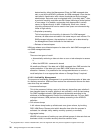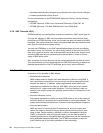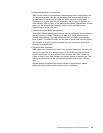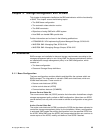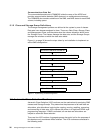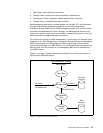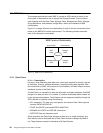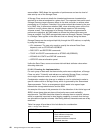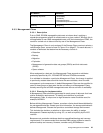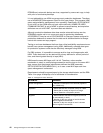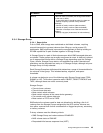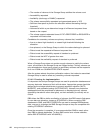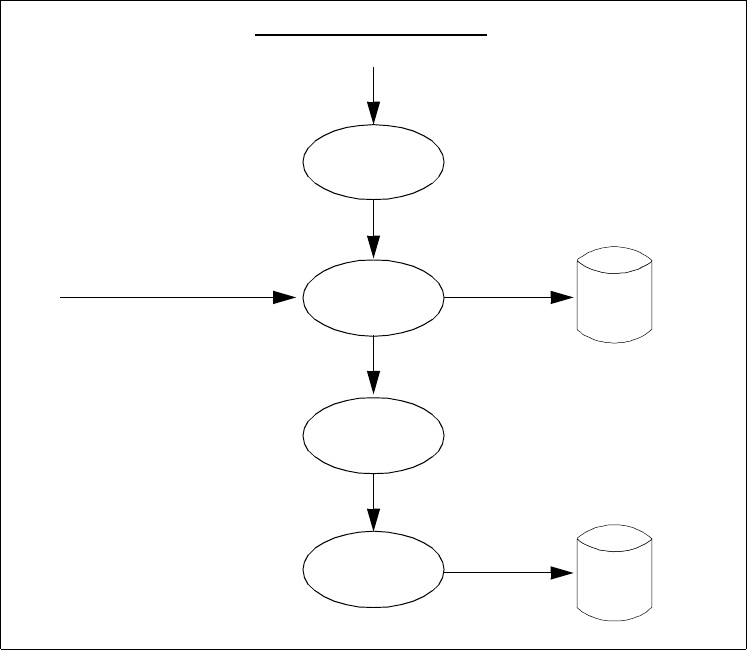
Storage Management with DFSMS 37
1. Data Class—data definition parameters.
2. Storage Class—performance and accessibility requirements.
3. Management Class—migration, backup and retention attributes.
4. Storage Group—candidate allocation volumes.
Because data set allocations, whether dynamic or through JCL, are processed
through ACS routines, installation standards can be enforced on those
allocations on both SMS and non-SMS managed volumes. ACS routines permit
user defined specifications for Data, Storage, and Management Classes, and
requests for specific volumes, to be overridden, thereby offering more control of
where data sets are positioned within the system.
For a data set to qualify for SMS management, it must satisfy the Storage Class
component. If a valid Storage class is assigned, then the data set is managed by
SMS, and proceeds via the Management Class and Storage Group routines
before being allocated on a SMS volume. If a null Storage class is assigned, the
data set exits from the process, is not managed by SMS, and is allocated on a
non-SMS volume.
Figure 12 on page 37 shows the execution process for defining data sets in an
MVS system (with SMS active).
Figure 12. ACS Routine Execution Process
ACS Routine Process
Procedure
(DFSMSdss/hsm)
New Allocation
Data Class
Non-SMS
Managed
Storage Class
Management
Class
Storage
Group
SMS
Managed
Conversion
SC=NULL
SC=&STORCLAS



